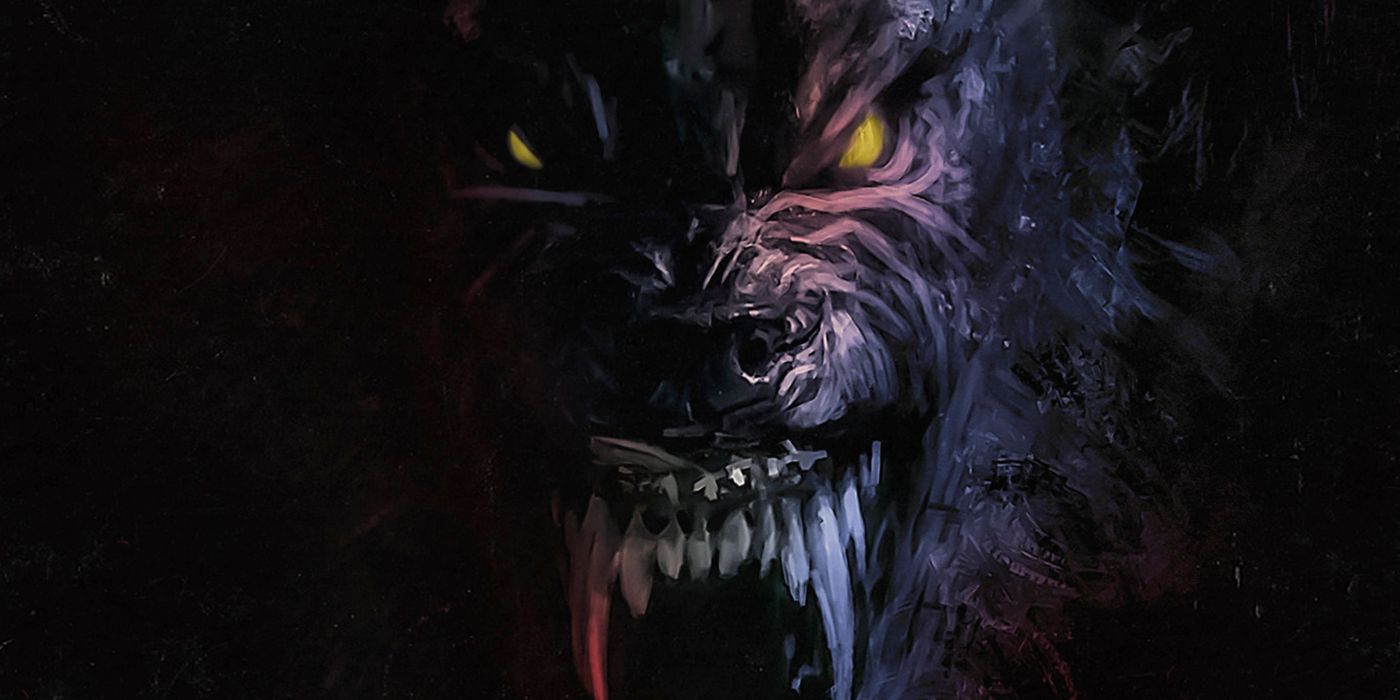The object shot down Saturday over the Yukon was described by U.S. officials as a balloon significantly smaller than the three school bus-size balloon hit by a missile Feb. 4 while drifting off the South Carolina coast after traversing the country. A flying object brought down over the remote northern coast of Alaska on Friday was more cylindrical and described as a type of airship.
Both were believed to have a payload, either attached or suspended from them, according to the officials who spoke to The Associated Press on condition of anonymity to discuss the ongoing investigation. Officials were not able to say who launched the objects and were seeking to figure out their origin.
U.S. officials said the two more recent objects were much smaller in size, different in appearance and flew at lower altitudes than the suspected Chinese spy balloon that fell into the Atlantic Ocean after the U.S. missile strike. They said the Alaska and Canada objects were not consistent with the fleet of Chinese aerial surveillance balloons that targeted more than 40 countries, stretching back at least into the Trump administration.
That large white orb first appeared over the U.S. in late January, and since then Americans have been fixated on the sky above them. U.S. authorities made clear that they constantly monitor for unknown radar blips, and it is not unusual to shut down airspace as a precaution to evaluate them.
On Sunday, the U.S. briefly closed the airspace over Lake Michigan; on Saturday night, that was done over rural Montana. Officials Sunday said they were no longer tracking any objects over those locations.
Senate Majority Leader Chuck Schumer told ABC’s “This Week” that U.S. officials were working quickly to recover debris from all the sites. Using shorthand to describe the objects as balloons, he said the U.S military and intelligence officials were “focused like a laser” on gathering and accumulating the information, then compiling a comprehensive analysis.
“The bottom line is until a few months ago we didn’t know about these balloons,” Schumer, D-N.Y., said of spy program that the administration has linked to the People’s Liberation Army, China’s military. “It is wild that we didn’t know.”
Eight days ago, F-22 jets downed the large white balloon that had wafted over the U.S. for days at an altitude of about 60,000 feet. U.S. officials immediately blamed China, saying the balloon was equipped to detect and collect intelligence signals and could maneuver itself. White House officials said improved surveillance capabilities helped detect it.
Chinese Foreign Ministry’s said the unmanned balloon was a civilian meteorological airship that had blown off course. Beijing said the U.S. had “overreacted” by shooting it down.
Then, on Friday, North American Aerospace Defense Command, the combined U.S.-Canada organization that provides shared defense of airspace over the two nations, detected and shot down an object near sparsely populated Deadhorse, Alaska.
Later that evening, NORAD detected a second object, flying at a high altitude over Alaska, U.S. officials said. It crossed into Canadian airspace on Saturday near the Yukon, a remote province, and Prime Minister Justin Trudeau ordered it shot down.
In both of those incidents, the objects were flying at roughly 40,000 feet, posing a potential threat to civilian aircraft that fly at that height.
The three cases have increased diplomatic tensions between the United States and China, raised questions about the extent of Beijing’s American surveillance, and prompted days of criticism from Republican lawmakers about the administration’s handling.
Rep. Mike Turner, chairman of the House Intelligence Committee, said the administration was looking “somewhat trigger-happy.”
“Although that is certainly preferable to the permissive environment they showed when the Chinese spy balloon was coming over some of most sensitive sites,” Turner, R-Ohio, told CNN’s “State of the Union.”
After shootdown last weekend, Chinese officials said they reserved the right to “take further actions” and criticized the U.S. for “an obvious overreaction and a serious violation of international practice.”
Connecticut Rep. Jim Himes, the top Democrat on the House Intelligence Committee, urged the administration to be as forthcoming as possible, saying the lack of solid information was fueling online speculation.
Himes said one thing that was clear from briefings in recent years was “that there is a lot of garbage up there” in the sky.
“The truth is that most of our sensors and most of what we were looking for didn’t look like balloons,” he told NBC’s “Meet the Press.”
Learn how to navigate and strengthen trust in your business with The Trust Factor, a weekly newsletter examining what leaders need to succeed. Sign up here.






















































![Instagram Shares Tips on What to Avoid to Maximize Post Reach [Infographic] Instagram Shares Tips on What to Avoid to Maximize Post Reach [Infographic]](https://imgproxy.divecdn.com/oeaypf55nGOsin6XxBa9EFYmwtVEiffkp9q_OiAPUGM/g:ce/rs:fit:770:435/Z3M6Ly9kaXZlc2l0ZS1zdG9yYWdlL2RpdmVpbWFnZS9pbnN0YWdyYW1fZGlzdHJpYnV0aW9uX2luZm9ncmFwaGljMi5wbmc=.webp)



![Online Shopping Reached New Highs in 2024 [Infographic] Online Shopping Reached New Highs in 2024 [Infographic]](https://imgproxy.divecdn.com/kCw9rTPPHoCqXkkL4Bt8p7eohxOuRs6iXsDK03Fxr_8/g:ce/rs:fit:770:435/Z3M6Ly9kaXZlc2l0ZS1zdG9yYWdlL2RpdmVpbWFnZS9vbmxpbmVfc2hvcHBpbmdfc3VyZ2UyLnBuZw==.webp)





![The Ultimate Web Design Checklist [Infographic] The Ultimate Web Design Checklist [Infographic]](https://www.socialmediatoday.com/imgproxy/1DNI81DR8OsTfI0qLWe1aYu7Bn4fg-ucmCB0tAy_i7Y/g:ce/rs:fill:770:435:0/bG9jYWw6Ly8vZGl2ZWltYWdlL3VsdGltYXRlX3dlYnNpdGVfY2hlY2tsaXN0Mi5wbmc.png)






![A 7-Step Guide to a More Effective Content Strategy [Infographic] A 7-Step Guide to a More Effective Content Strategy [Infographic]](https://www.socialmediatoday.com/imgproxy/Ws3OpPx6Qst5V6QQ3tkFTBpWKxgMuSF286aa9DRip0w/g:ce/rs:fill:801:2401:0/bG9jYWw6Ly8vZGl2ZWltYWdlL3NlbXJ1c2hfY29udGVudF9zdHJhdGVneTEucG5n.jpg)